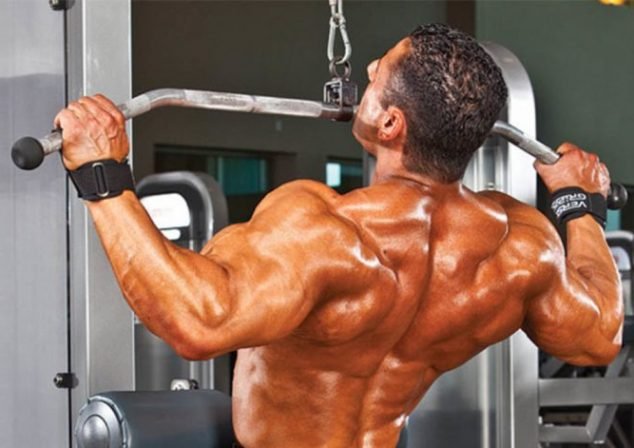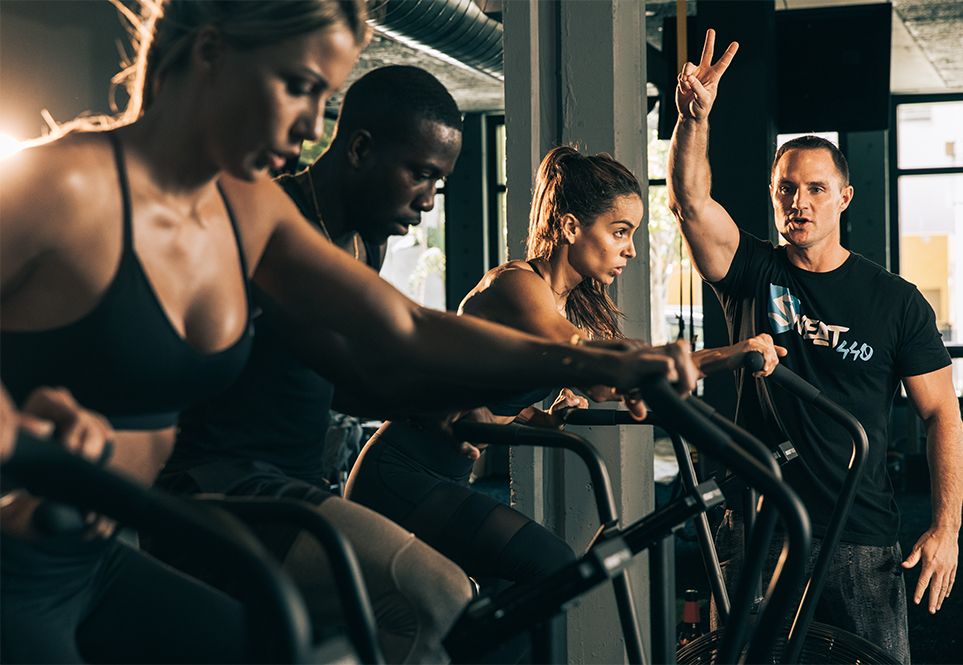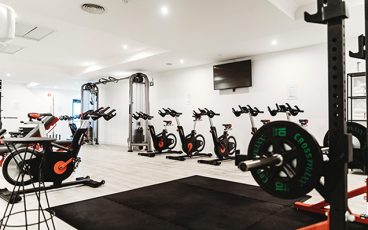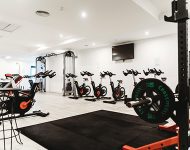
The back is made up of several muscles, including the trapezius, rhomboids, latissimus dorsi, erector spinae, and more. For this reason, it’s important to focus on hitting each muscle group to balance your back development and strength throughout your back workout. If you want to improve your pull workout routine and add in some variety while you’re at it, try these five back exercises that will do just that.
Warmup
The purpose of a warmup is to bring your body up to temperature and activate as many muscle fibers as possible. This will enhance performance throughout your workout, reduce injury risk, and decrease your chances of getting cold and stiff during a WOD. If you’re still warming up on back day, try warming up with close grip pull ups. Close grip pull ups make it harder for you to use momentum and swing through when finishing reps – they also require significantly more upper back strength than regular pull ups.
Barbell rows
Most people who lift weights think that chin-ups and pull-ups are an ideal exercise for their back. But few of them realize how often they should be doing those two exercises to get maximum benefit from them. The secret is that you need to do both chins and pull-ups more frequently, but you should replace some of those workouts with barbell rows. That’s because unlike chins and pull-ups, barbell rows also hit your traps, which aren’t worked much by most other back exercises. As a result, adding barbell rows can help strengthen your upper body in ways that most other exercises cannot match—and it will round out your workout nicely too! Don’t believe me?
T-bar rows
The T-bar row is a classic back exercise that can be performed with a cable machine or free weights. The barbell is secured in an attachment on one end of a barbell and you grab hold of it from below to complete each rep. If you opt for free weights, choose a heavier weight than what you’d use for bent-over rows; avoid going too heavy or else you risk compromising your form and risking injury. To do T-bar rows, stand perpendicular to and facing your pulley machine with feet slightly wider than shoulder width apart and knees slightly bent. Grasp the bar lift handles using an overhand grip, with your hands just outside shoulder width apart. Keep your arms straight and pull them toward your chest until they reach a 90 degree angle.
Wide Grip Pulldown
A back workout routine isn’t complete without a few rows. Wide-grip pulldowns work well because they target your lats and upper back as well as your biceps, giving you a full body strength training workout. Most machines also have adjustable settings that allow you to change resistance levels, making them versatile. You can easily add weight by placing a weighted plate on top of your legs; if you’re at home, use dumbbells instead. Sit down at a high-pulley row machine and grasp the bar with an overhand grip just wider than shoulder width apart.
Single arm cable row
The close grip pull up has a bigger emphasis on biceps, while single arm cable rows allow you to use more of your back. This makes them ideal for those who are looking to work on their back muscles rather than biceps. The wide grip, in particular, is a good exercise because it targets most of your back, particularly those in and around your shoulder blades. It’s important to remember that all exercises don’t always cater to everyone – even though wide grip pull ups target mainly your lats and rhomboids – you should check out other back exercises that work similar muscles such as one-arm row. Since single arm cable rows also hit part of your abs if done properly, it can be a great addition to any upper body workout routine.
Dumbbell Rows
A wide-grip pulldown emphasizes different muscles than a dumbbell row. With a wider grip, your chest and triceps help with pulling, while an underhand grip lets you use more back muscle. The former is best for those looking to add some mass in their back; people who want a leaner look will prefer rows, which also strengthen your forearms and biceps. If you want to build your lats, choose sets of eight to 12 reps for each exercise, resting at least one minute between sets; if you’re focus on strength instead of muscle size, shoot for three sets of five to eight reps with about two minutes rest between sets.
0 Comments 1549 Views
YOU MAY ALSO LIKE
share
About me

Health And Healthy Tips is Free health blog, If you wish to be part of this blog and want to conribute contents which are interesting for our readers, please contact us.
CATEGORY
- Beauty (19)
- BUSINESS (3)
- Dental Care (187)
- Eye Care (12)
- Fitness (23)
- Healthy Life (179)
- Men's (10)
- Women's (12)


























